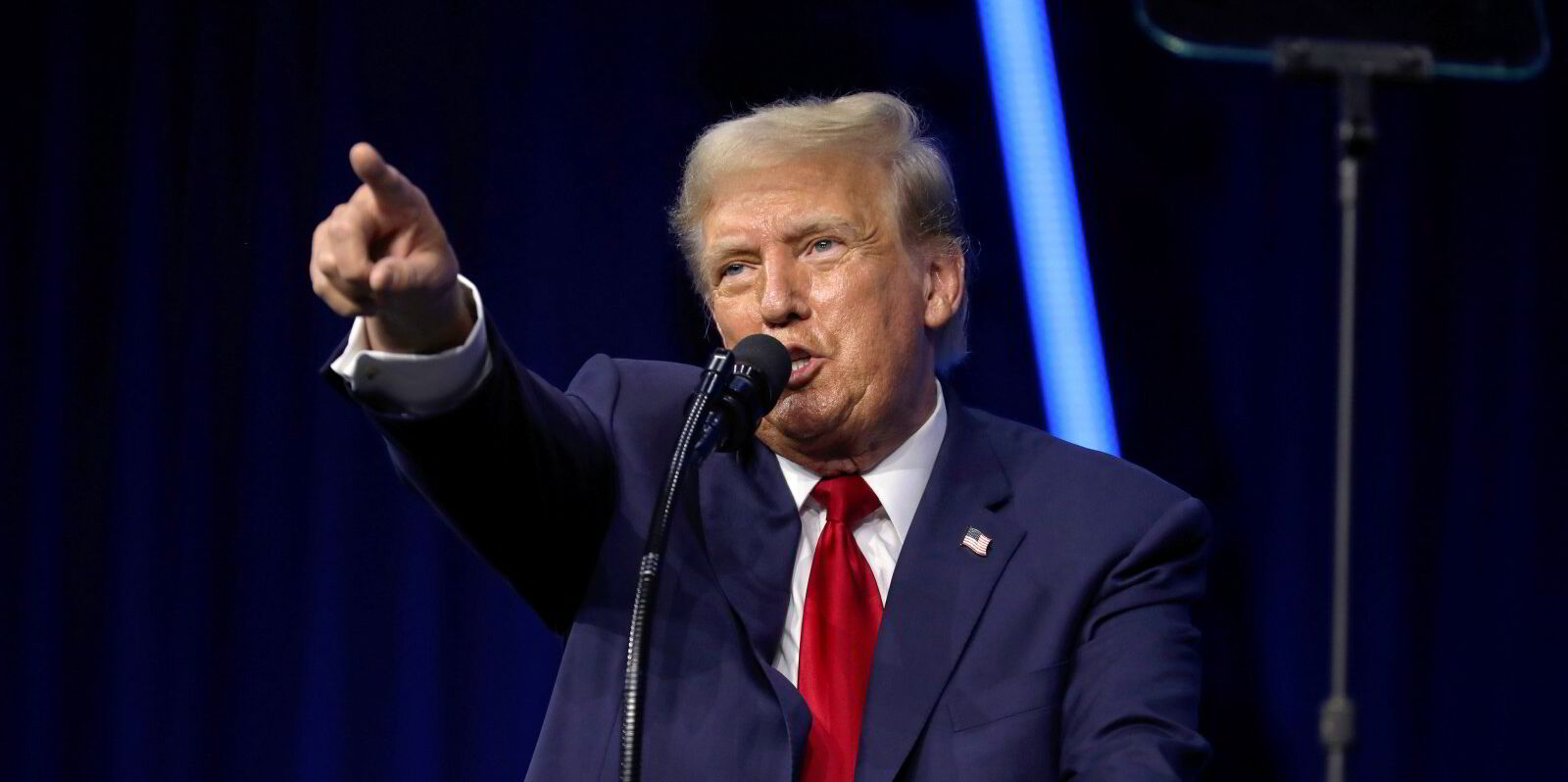Another round of Donald Trump’s trade policies could have a slight negative effect on shipping, according to Clarksons.
Analyst Frode Morkedal said a second Trump presidency had the potential to “reshape” shipping as it did the first time around when tonne-mile growth fell 0.5% in 2018, then again in 2019.
“Dry bulk, particularly grain and steel products, was most impacted, followed by LNG and LPG due to China’s ban on US imports of these commodities,” he said.
“Conversely, container shipping initially saw a boost in 2018 from a rush to move goods before tariff hikes, but volumes slightly declined in 2019.”
Morkedal cited Capital Economics data showing Trump’s proposal of a 60% tariff on all Chinese goods would lower export volumes by 3% and would only be partially offset by substitute markets.
The last time around, 25% tariffs from the US on Chinese goods set off a trade war, with China applying its own tariffs, pushing down global GDP growth by 0.3% in 2019.
Some of that was offset by trade rerouting, Morkedal said, with Chinese goods reaching the US via Mexico while China began sourcing soybeans from Brazil.
He also, like other market observers, expects a Trump presidency to be tougher on Iran.
Trump’s potential second term would bring a renewed focus on Iran sanctions, Morkedal said, which could increase demand for non-sanctioned Middle East oil and mainstream tankers as Iranian oil is moved on shadow-fleet ships.
Last week, BRS Group made a similar argument, believing that Trump would be harder on Iran to try to force it to the negotiating table.
It said more than 100 VLCCs and dozens of suezmaxes and aframaxes could be blacklisted in an effort to curb the 1.6m barrels per day of crude oil Iran is currently exporting.
The move could potentially spur tanker scrapping, the broker said.
Polls suggest the race is neck-and-neck nationally, and neither Trump nor Democratic Party challenger Kamala Harris is taking a decisive lead in any battleground states.




